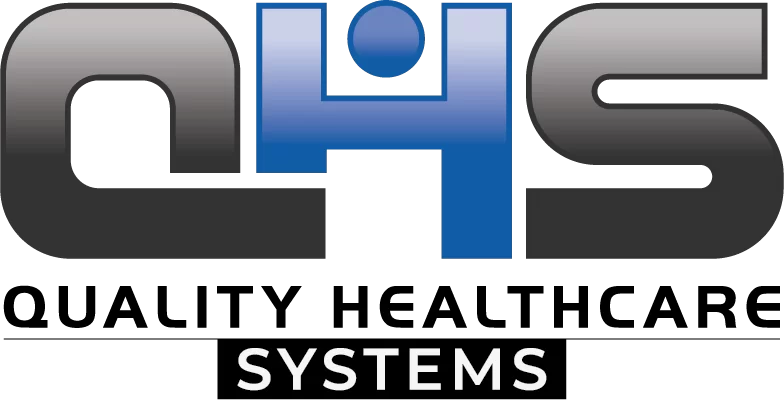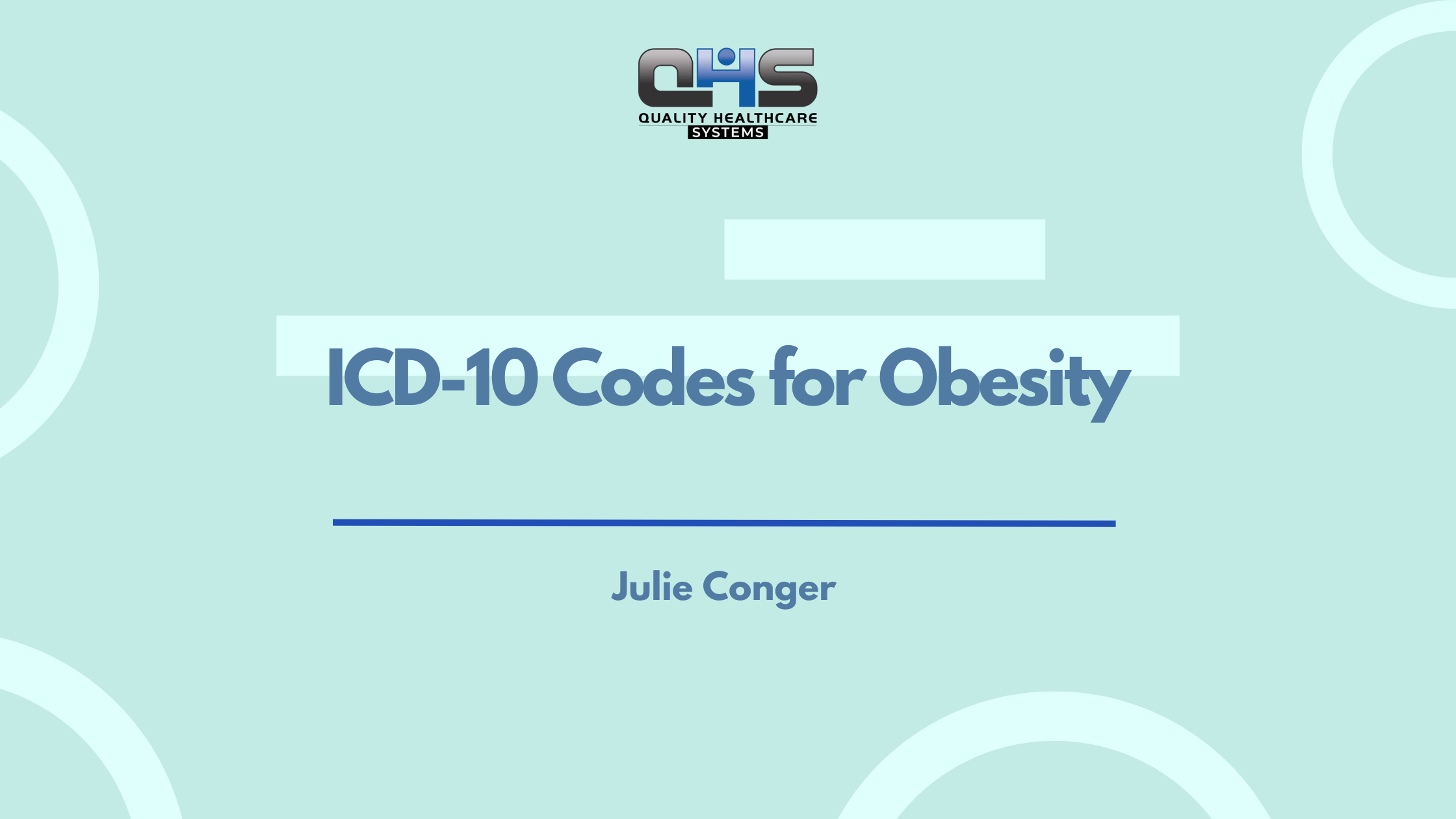Obesity is a major global health issue. According to the World Health Organization, more than 1 billion people around the world are currently living with obesity, including 650 million adults, 340 million adolescents, and 39 million children. In the United States alone, the Centers for Disease Control and Prevention (CDC) reports that 42.1 percent of adults are classified as obese.
As healthcare systems respond to this growing concern, accurate diagnosis and proper documentation through ICD-10 codes have become essential. These codes not only support effective patient care and treatment planning but also ensure appropriate medical billing and public health reporting.
What is Obesity?
Obesity is a medical condition defined by an excessive accumulation of body fat that presents a risk to health. According to the World Health Organization (WHO) and the Centers for Disease Control and Prevention (CDC), obesity is most commonly diagnosed using the Body Mass Index (BMI) — a person is considered obese if their BMI is 30 or higher.
Obesity is further classified by severity:
-
Class I: BMI 30.0–34.9 (Moderate obesity)
-
Class II: BMI 35.0–39.9 (Severe obesity)
-
Class III: BMI 40.0 or higher (Morbid or extreme obesity)
The condition is influenced by a combination of factors. Genetic predisposition, sedentary lifestyle, high-calorie diets, certain medications, and medical conditions like hypothyroidism or Cushing’s syndrome can all contribute to the development of obesity.
If left untreated, obesity can lead to serious complications, including type 2 diabetes, high blood pressure, cardiovascular disease, sleep apnea, osteoarthritis, and even certain types of cancer. Early diagnosis and proper ICD-10 coding play a vital role in addressing these risks effectively.
ICD-10 Code for Obesity
The ICD-10 classification system provides a standardized method for coding and reporting obesity. These codes are grouped under the E66 category, which includes various types of obesity based on cause, severity, and complications. Proper use of these codes is essential for clinical documentation, insurance reimbursement, and public health reporting.
A. Understanding the E66 Code Family
The E66 code family includes all recognized forms of obesity. It is applied based on clinical findings, most often using body mass index (BMI) as the primary diagnostic criterion. According to WHO and CDC guidelines, a BMI of 30 or higher qualifies as obesity. The classification is further divided into:
-
Class I Obesity: BMI 30.0–34.9
-
Class II Obesity: BMI 35.0–39.9
-
Class III (Morbid) Obesity: BMI ≥ 40
Selecting the correct E66 subcode depends on the patient’s BMI, the cause of obesity (e.g., caloric intake, medical condition), and the presence of complications such as respiratory dysfunction.
B. Breakdown of E66 Codes for Obesity
| ICD-10 Code | Description | Usage Notes |
|---|---|---|
| E66.0 | Obesity due to excess calories | Used for lifestyle-induced obesity caused by overeating or inactivity. |
| E66.01 | Morbid (severe) obesity due to excess calories | Applied when BMI is ≥ 40 with cause linked to excess caloric intake. |
| E66.2 | Morbid obesity with alveolar hypoventilation | Used when morbid obesity is accompanied by respiratory failure, such as obesity hypoventilation syndrome (OHS). |
| E66.3 | Overweight | Assigned when BMI falls between 25.0 and 29.9. Indicates pre-obesity stage. |
| E66.8 | Other obesity | Used for less common causes, such as endocrine or genetic conditions not captured by other codes. |
| E66.9 | Obesity, unspecified | Used when documentation confirms obesity but does not specify the cause or severity. |
When to Use These Codes
Use E66.0 when a patient’s obesity is clearly the result of caloric imbalance without secondary medical causes. E66.01 is reserved for severe cases that meet Class III obesity criteria and where excess calorie intake is the main contributor. E66.2 is appropriate when there is documented alveolar hypoventilation associated with obesity.
E66.3 should be used for overweight individuals who do not meet obesity thresholds. E66.8 is applicable to rare or atypical presentations of obesity, while E66.9 should only be used as a last resort when no further details are available.
Accurate documentation and coding of obesity allow healthcare providers to track disease progression, plan appropriate interventions, and support claims for services such as bariatric surgery or medically supervised weight loss programs. It also contributes to national health statistics and research on obesity-related trends.
IV. BMI Z Codes for Documentation
In ICD-10-CM coding, obesity diagnosis is often supplemented with corresponding BMI Z codes from the Z68 category. These codes provide a quantitative measure of a patient’s body mass index and are used in conjunction with E66 codes to reflect the severity of obesity. Including BMI codes enhances clinical specificity, supports accurate billing, and improves the quality of patient care documentation.
Why BMI Z Codes Matter
While the E66 codes describe the type or cause of obesity, BMI Z codes indicate the patient’s current body mass status in numerical terms. For adults, BMI is calculated using weight (in kilograms) divided by height (in meters squared). Providers are encouraged to document both the diagnostic obesity code (E66.xx) and the patient’s BMI using the appropriate Z68.xx code to ensure complete representation of the condition.
Z68 Code Series for Adults
The Z68 series is segmented by precise BMI ranges. Below is a table summarizing the most commonly used Z68 codes in adult obesity documentation:
| ICD-10 Code | BMI Range (kg/m²) | Classification |
|---|---|---|
| Z68.25 | BMI 25.0–25.9 | Overweight |
| Z68.26 | BMI 26.0–26.9 | Overweight |
| Z68.27 | BMI 27.0–27.9 | Overweight |
| Z68.28 | BMI 28.0–28.9 | Overweight |
| Z68.29 | BMI 29.0–29.9 | Overweight |
| Z68.30 | BMI 30.0–30.9 | Obesity Class I |
| Z68.31 | BMI 31.0–31.9 | Obesity Class I |
| Z68.32 | BMI 32.0–32.9 | Obesity Class I |
| Z68.33 | BMI 33.0–33.9 | Obesity Class I |
| Z68.34 | BMI 34.0–34.9 | Obesity Class I |
| Z68.35 | BMI 35.0–35.9 | Obesity Class II |
| Z68.36 | BMI 36.0–36.9 | Obesity Class II |
| Z68.37 | BMI 37.0–37.9 | Obesity Class II |
| Z68.38 | BMI 38.0–38.9 | Obesity Class II |
| Z68.39 | BMI 39.0–39.9 | Obesity Class II |
| Z68.41 | BMI 40.0–44.9 | Obesity Class III (Morbid) |
| Z68.42 | BMI 45.0–49.9 | Severe Class III |
| Z68.43 | BMI 50.0–59.9 | Super Obesity |
| Z68.44 | BMI 60.0–69.9 | Super Super Obesity |
| Z68.45 | BMI 70.0 and above | Extreme Obesity |
These codes should be used when BMI is documented in the medical record by a clinician, registered nurse, or medical assistant, and are particularly important for supporting preauthorization and coverage of obesity-related treatments.
Proper Linking of E66 and Z68 Codes
For accurate claims and documentation, providers should report the relevant E66 diagnosis code along with the matching Z68 code. For example, a patient with morbid obesity due to excess calories and a BMI of 44.2 should be coded with E66.01 and Z68.41.
Including BMI codes not only improves the precision of diagnosis but also enables population-level health tracking, supports obesity-related research, and helps inform clinical decision-making around treatment planning. Failure to include Z68 codes when BMI is documented may result in incomplete coding and denied insurance claims.
V. ICD-10 Codes for Pediatric Obesity
Obesity in children and adolescents is diagnosed differently than in adults. Instead of using fixed BMI thresholds, pediatric obesity is defined using BMI-for-age percentiles based on CDC growth charts. This approach accounts for natural variations in body composition during development. In ICD-10-CM, the diagnosis of pediatric obesity is supported by E66 codes in combination with specific Z68.5x codes that represent BMI percentiles for patients under 20 years of age.
Pediatric BMI Z Codes
For individuals aged 2 to 19 years, the Z68.5x code series is used to document BMI-for-age percentiles. These codes are essential for distinguishing between normal weight, overweight, and obesity in pediatric populations. A child is considered overweight if their BMI is between the 85th and 94th percentile and obese if their BMI is at or above the 95th percentile for their age and sex.
| ICD-10 Code | Description |
|---|---|
| Z68.51 | BMI-for-age < 5th percentile (underweight) |
| Z68.52 | BMI-for-age 5th to < 85th percentile (normal range) |
| Z68.53 | BMI-for-age 85th to < 95th percentile (overweight) |
| Z68.54 | BMI-for-age ≥ 95th percentile (obese) |
These codes are used in conjunction with E66 diagnosis codes such as E66.9 (obesity, unspecified) or E66.01 (morbid obesity due to excess calories) when clinically appropriate. For example, if a 14-year-old patient has a BMI at the 97th percentile, the provider may assign E66.9 along with Z68.54 to reflect the diagnosis accurately.
Documentation and Clinical Use
It is important that the provider documents both the percentile and the clinical interpretation of the BMI result. The pediatric BMI Z codes should only be assigned if the actual percentile is calculated and recorded in the medical record. These codes help justify early interventions and support medical necessity for weight management programs, nutritional counseling, or specialist referrals.
Using BMI-for-age coding ensures that childhood obesity is appropriately tracked and managed, reflecting the developmental nuances that distinguish pediatric patients from adults. Consistent use of these codes also contributes to long-term data on childhood obesity trends and informs public health strategies.





